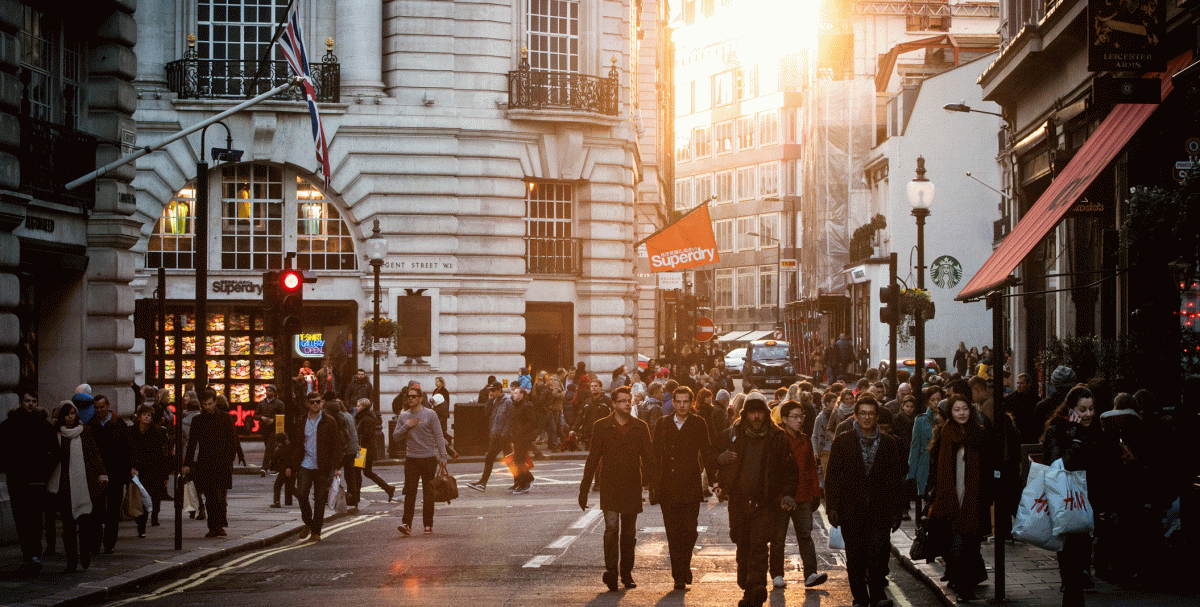
Our Managing Director Val Bagnall writes on how airspace development can help build communities and revive our high streets, housing our growing population by repurposing unused space.
With a faltering economy and an ever-rising increase in online retail, an upsurge of alternative spending patterns is leaving the UK’s high streets in danger.
Uber recently outlined its vision for the future of urban transport, with flying drone-like taxis taking customers from rooftop to rooftop – and our traditional high streets nowhere in sight.
In a bid for survival, UK high street retailers must face the challenge of repurposing their assets. As the need for space for stock and administration decreases, the spaces above shops are becoming obsolete and are haemorrhaging capital value.
The only way to revive the high street is to repurpose the unused and wasted space. As our consumer patterns change, the focus of the high street is moving into the new-age of shopping as an experience: where more residential and recreational spaces could increase the value of our existing high street spaces.
Through utilising the space that is becoming increasing obsolete, there is a key opportunity for airspace development – where the unused space above residential, commercial, and public buildings is built upon.
Alongside reviving the high street, this will accommodate for a rising population and ease the housing crisis. A recent study found that more than 25,000 homes could be accommodated atop commercial and retail properties in central London alone.
As high streets are often in ideal locations, close to amenities and well connected, their residential capacities are ideal. As high streets become destinations, they will meet the needs of those living there and create micro-communities.
Currently unused retail spaces could be used to store and distribute goods for online retailers, retail units populated areas could provide logistics space to ensure fast last-minute deliveries via drones. Drawing from Uber’s futuristic stance on travel, any unused retail assets could become transport hubs and support the way we access new airspace heavy developments.
Community centres and outdoor recreational space could be built onto rooftops, with accessible wheelchair access these facilities could be diverse, secure, and inviting spaces for those who need them most.
Building up does not mean the end of the high street and does not have to mean sky-scrapers scaling over existing buildings. With a sensible approach that serves the local community, airspace development could have a dramatic impact on our fledgling high streets – to bring value to property owners and curate experiences that bring consumers back time and time again.

